You know that feeling you get when a package arrives you've been expecting? That surge of excitement and anticipation? We got that yesterday as we opened our box from Oikos nursery (check them out here.)
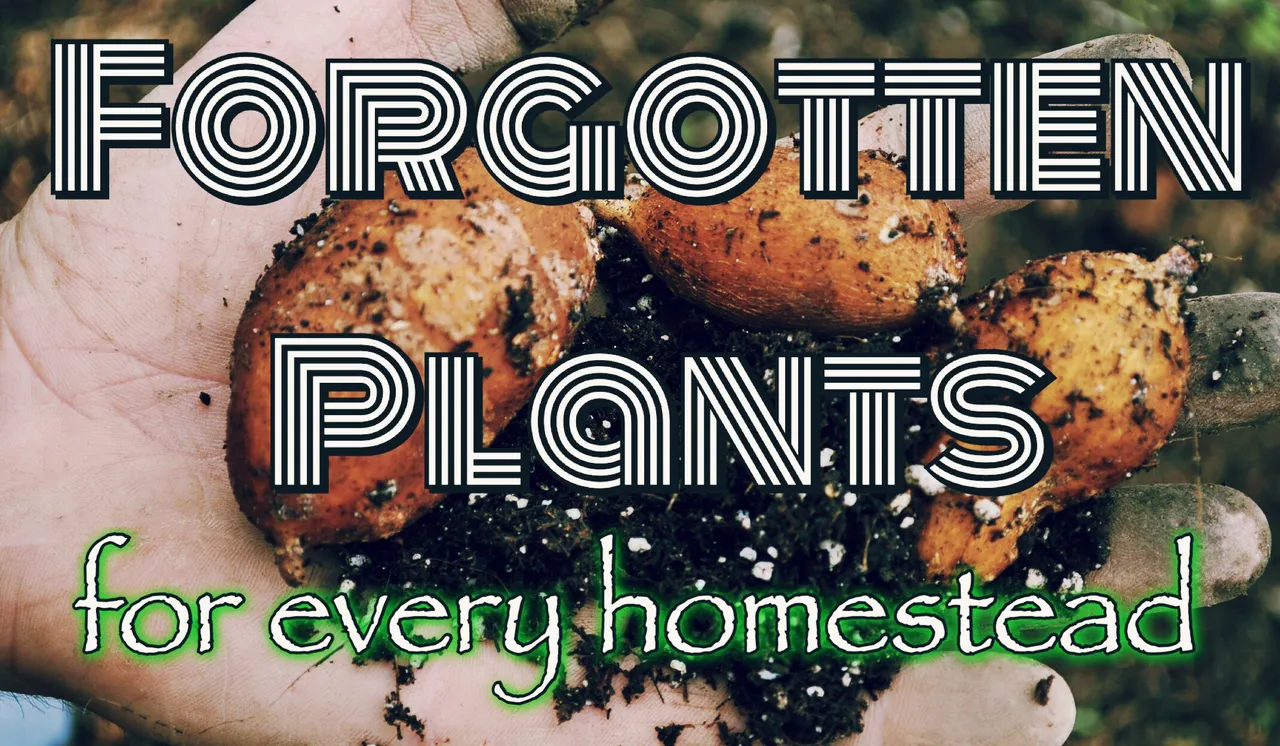
For those who have read any of our posts, you'll know we're in love with edible, medicinal and useful plants and our purposes on Earth involve growing, trading, spreading and teaching about all the blessed plants that call Earth their home.
Furthermore, some of you may remember a previous post about us making our first purchase with Steem$$. This order was all thanks to that first experience of us taking out some SBDs, just to get a taste for it. Although we appreciate the immediate return, we believe in Steem long term and are committed to continuing to power up and building the platform through curation.
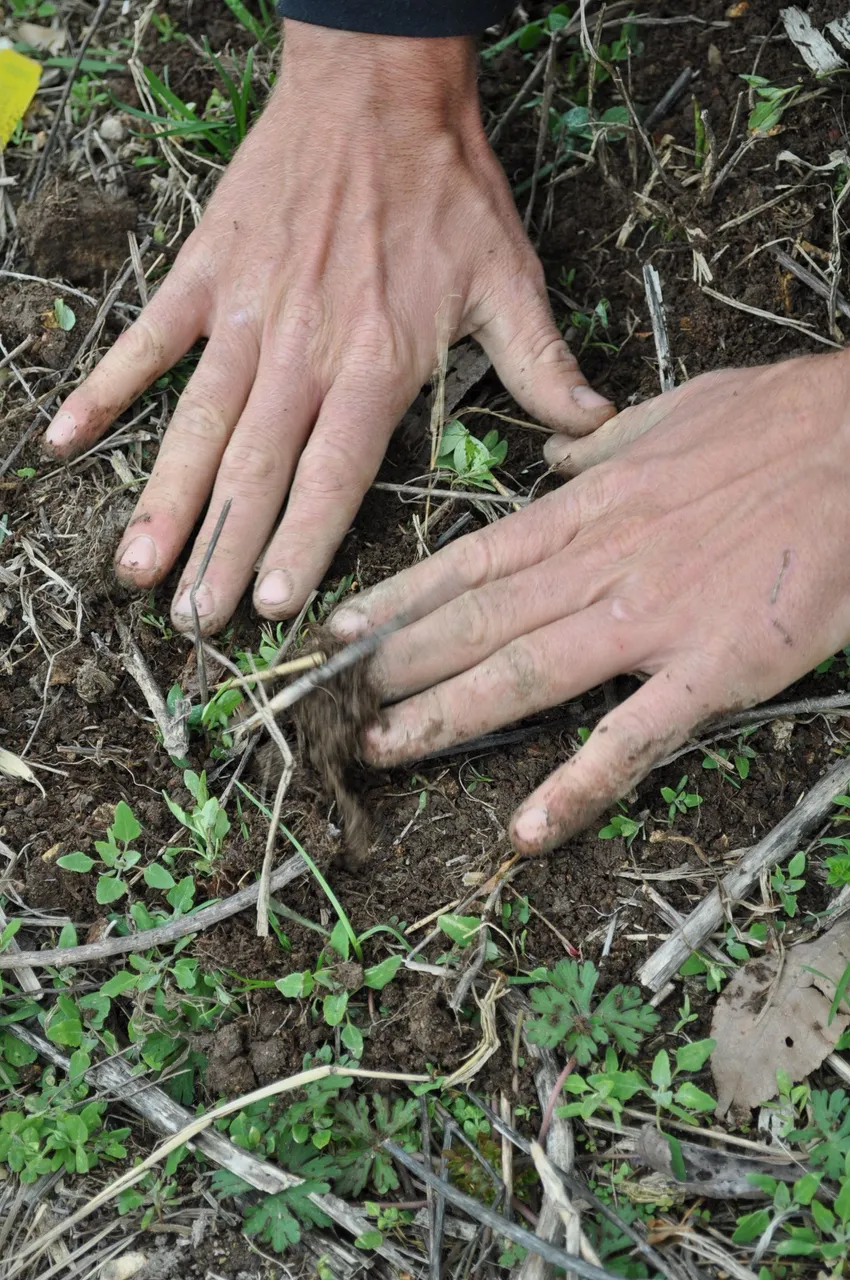
We'd like to share a little of our experience with increasing biodiversity and productivity on our homestead this season by expanding our perennial vegetable production.
Perennial Vegtables
Like rhubarb or asparagus, right? Yes, but there are many more plants that can be planted once and offer vegetables year after year. We believe there's a lot of room for growth in this realm and folks like Eric Toensmeier have done a great job of compiling data, researching and promoting the use of perennials as food. One major source of inspiration and information for us is his book Perennial Vegetables.
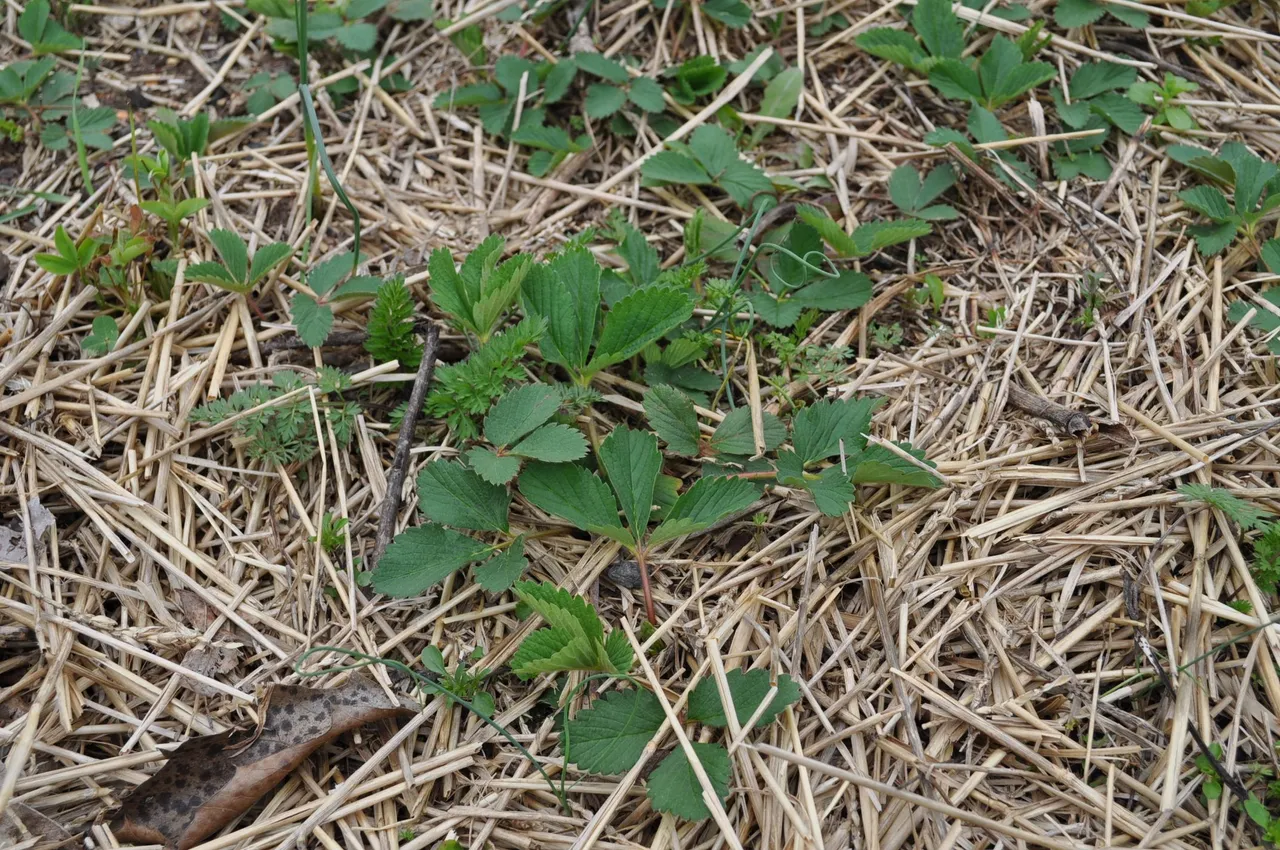
Strawberries, a well known and beloved perennial
There is truly a dazzling variety of underutilized foods that fit the bill of long-lived food producing plants. Gardening without soil disturbance and no seed stating required! Some perennials won't survive in our zone, but many certainly can.
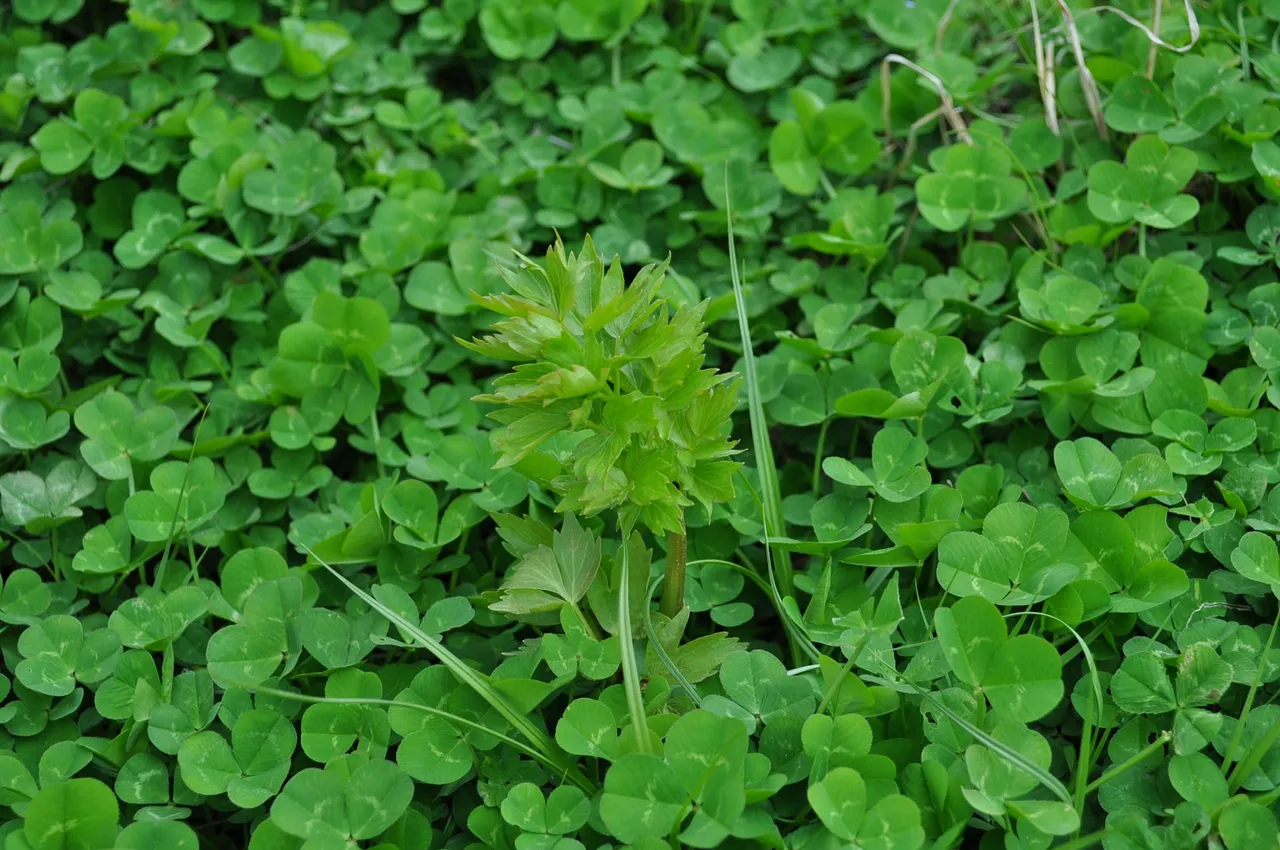
(Levisticum officinale or lovage, a perennial related to celery, sticking its head up this spring)
We have already brought some plants to our homestead and happily ate of first taste of "pink crispy" sunchokes (Helianthus Tuberosus) last fall. We have established 2 varieties of asparagus, but are still in their 2nd year so we haven't harvested them yet, prickly pear spineless cacti (unknown Opuntia), watercress (Nasturtium Officinale), walking onion (Allium Cepa Proliferum), dandelion (Taraxacum Officinale), nettle (Uritca Dioica), skirret (Sium Sisarum), Lovage (Levisticum officinale*) and more!
*Heres a little taste of what we brought onto our land this year to strengthen and diversify our food production systems.
$$ What we got with SBDs! $$
- Asparagus (Asparagus Officinalis var. Collosal)
- Chufa aka tiger nut (*Cyperus Esculentus var. sativa)
- Earth Pea (Lathyrus Tuberosus)
- Groundnut (Apios Americana var. Nutty #3 and Simon)
- Sunchoke (Helianthus Tuberosus var. spindel)
- Chinese Mountain Yam (*Dioscoria Opposita)
Asparagus

By far the most well known perennial vegetable and for good reason. We are happy to add this large variety to our garden. Anything that tastes this good has to be good for you and even better that it is known as "weedy" and easily naturalizes. The wide variety of asparagus is a great example of what can be achieved if efforts are focused on improving quality of crop though breeding. A healthy patch can yield quality food for 15 years.

Chufa
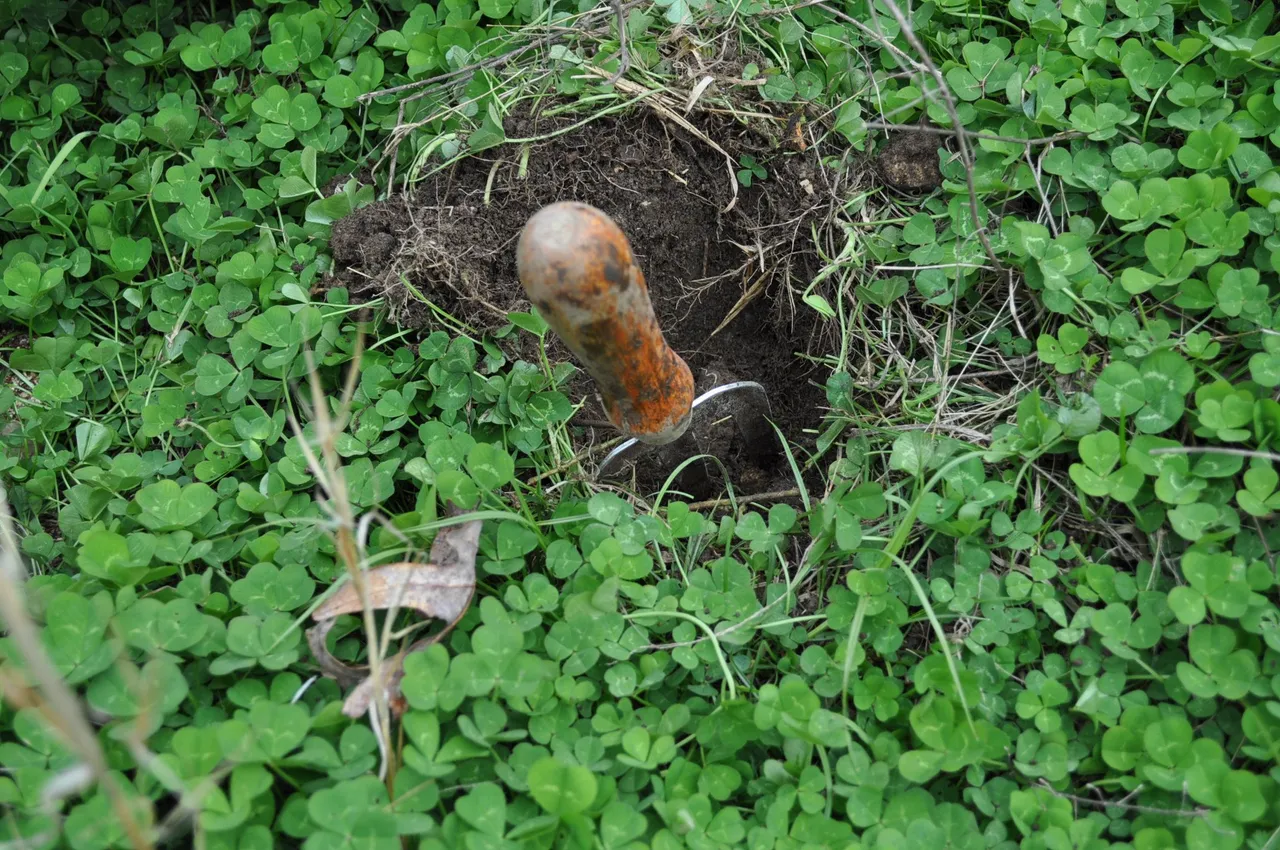
One of the few sedges cultivated for food, chufa was important enough to Egyptians to be buried with them in tombs. The edible part is an underground tuber not dissimilar to an almond with a delightful flavor. It was used in the original horchata and each plant can yield up to 100 tubers. Being another weedy species, it's a good choice for us because of the ability to survive a wide range of conditions.
Earth Pea
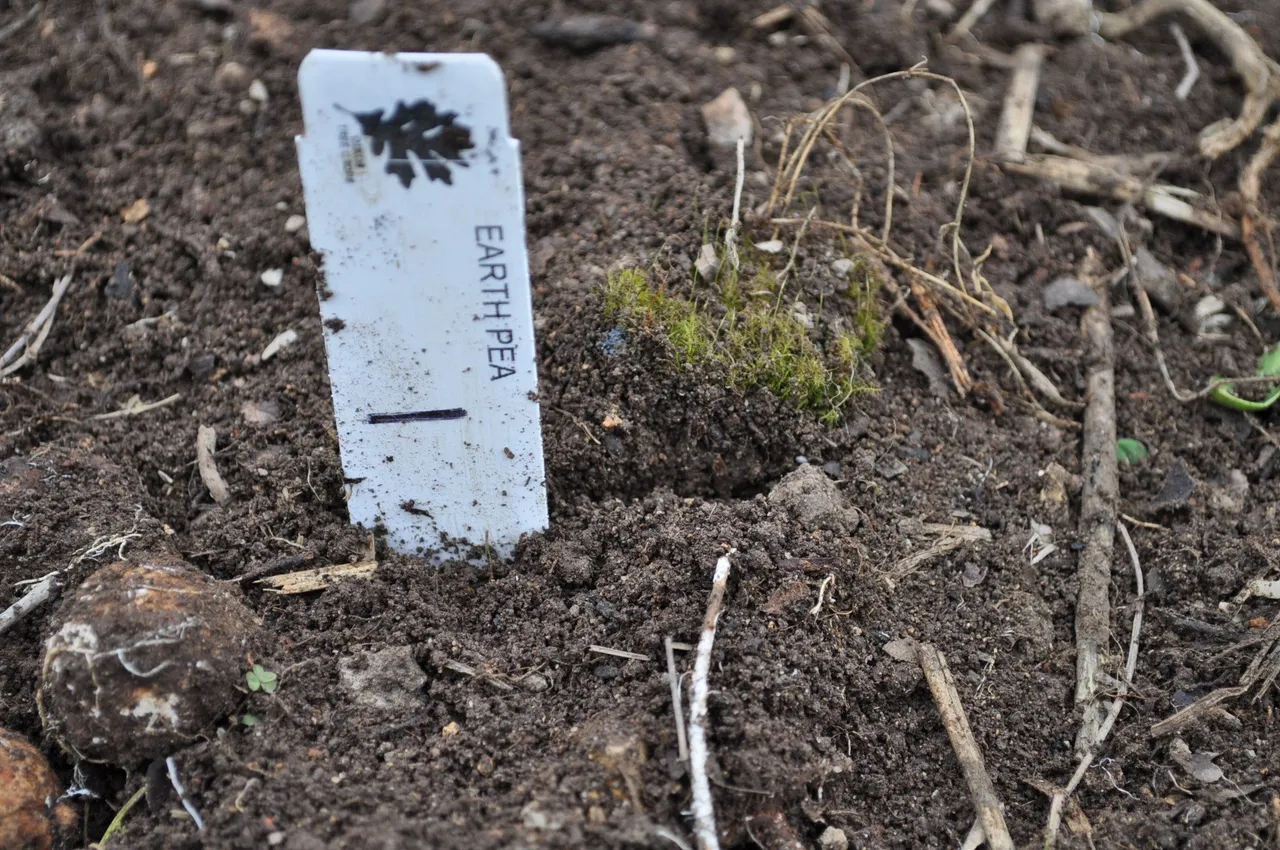
Reported to taste somewhere between peas and water chestnut, earth peas aka earth chestnut or tuberous vetch receives rave taste reviews. Producing small tubers on underground strings, this plant makes tasty food and fixes nitrogen. It can tolerate partial shade, but yields best in full sun.
Groundnut
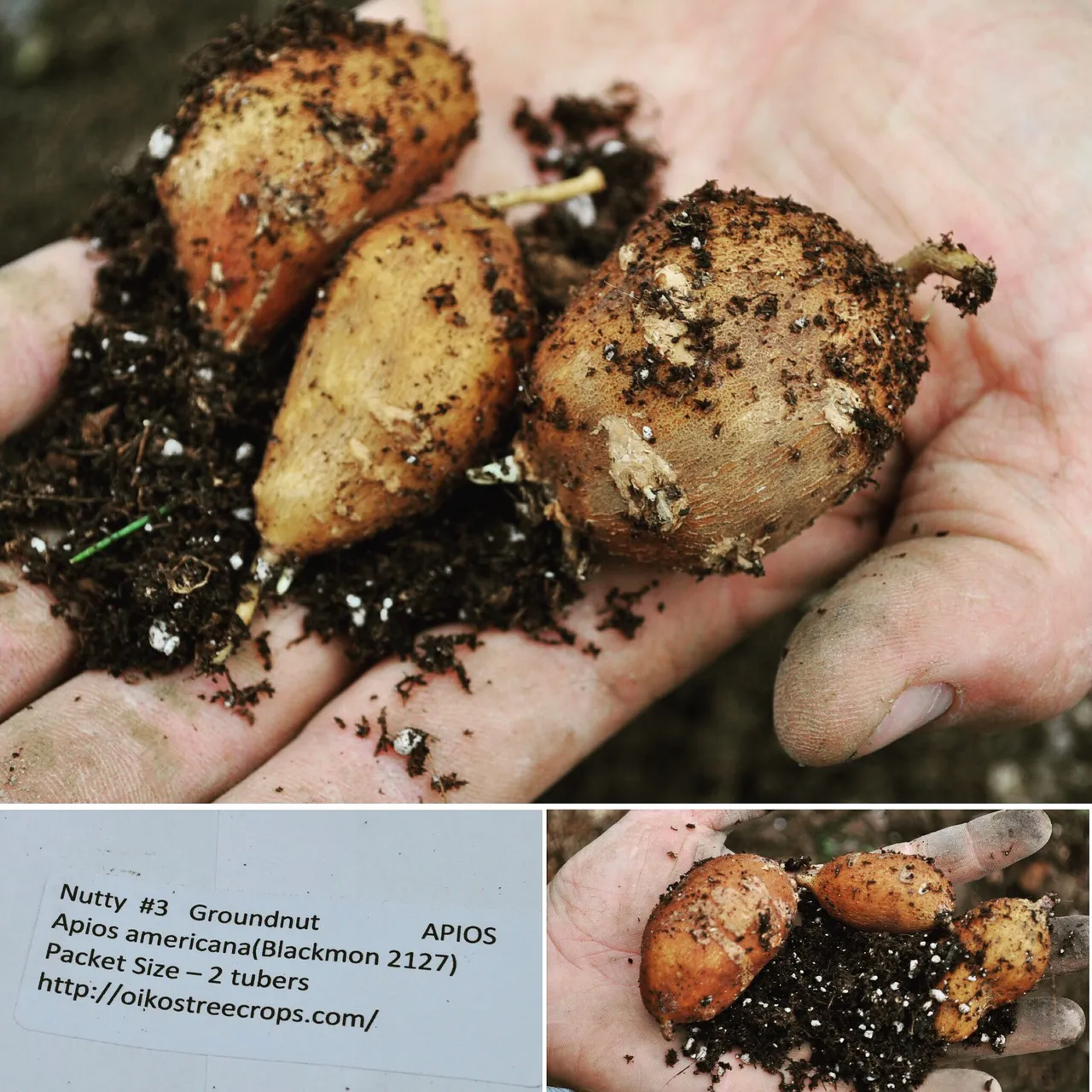
A member of the pea family (Fabaceae), groundnuts grow similarly to peanuts and also fix nitrogen. Tubers born on underground strings are starchier than peanuts, but can yield up to 8 pounds per plant in hot climates like Louisiana. They were once a crucial food to Native Americans and groundnuts have since undergone selective breeding to increase yields, size, flavor and other aspects of the plant.
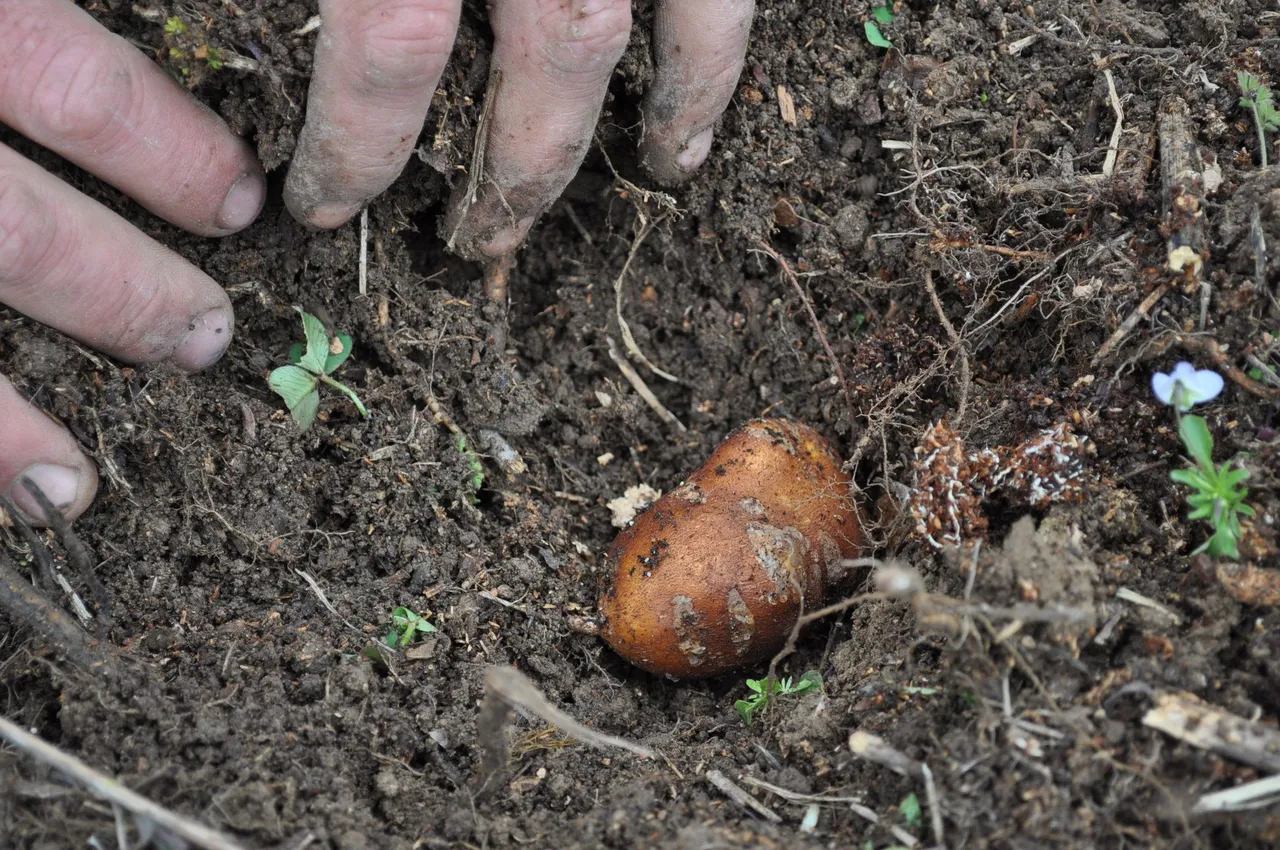
Sunchoke
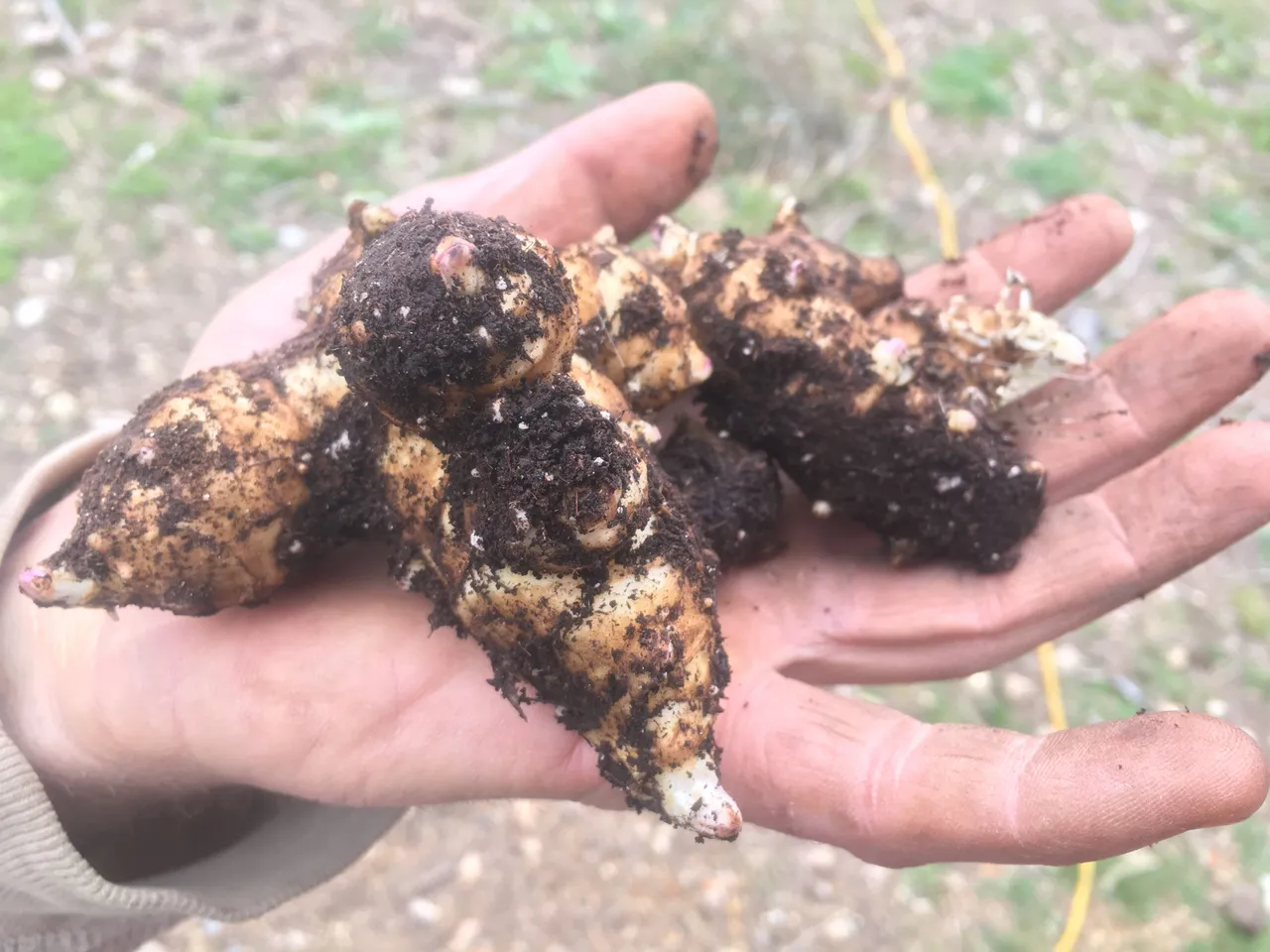
Another popular weedy perennial vegetable is the Sunchoke aka Jerusalem Artichoke. It can produce copious quantities of tubers year after year. We have 3 varieties already established, but couldn't resist getting more. Be warned, once you plant them it may be hard to eradicate them, so plant them in a spot where they stay and expand.
They are excellent raw, baked, mashed, fried, boiled, dried and fermented. Truly a versatile food crop that is just so easy to grow. Their reputation as "fartichokes" is due to the insulin content that may cause gas. While good for stabilizing blood sugar, inulin is digested in the colon which causes the wind to rise from within, although I have found lacto-fermentation to remedy this (I presume because lactobacillus breaks the inulin down). (And it doesn’t affect everyone in this way. You may be one of the lucky ones.)
Chinese Mountain Yam
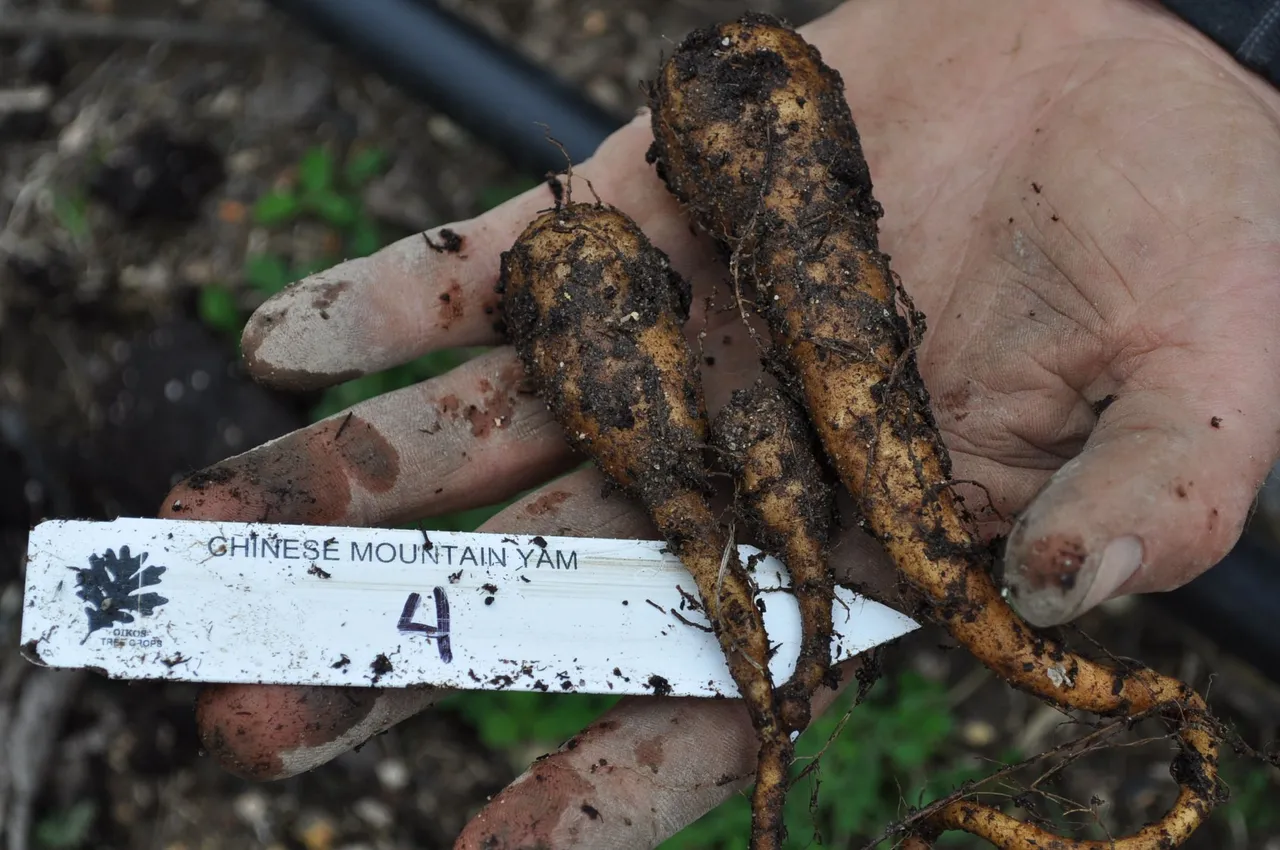
It is a popular vining staple crop in China and Japan. The plant produces large tubers that can extend 3-4 feet deep in the soil! After harvesting the tuber (2 or 3 year old), the top portion can be replanted. Rudolph Steiner claimed this would be the staple crop of the future as it embodied ether in physical form.
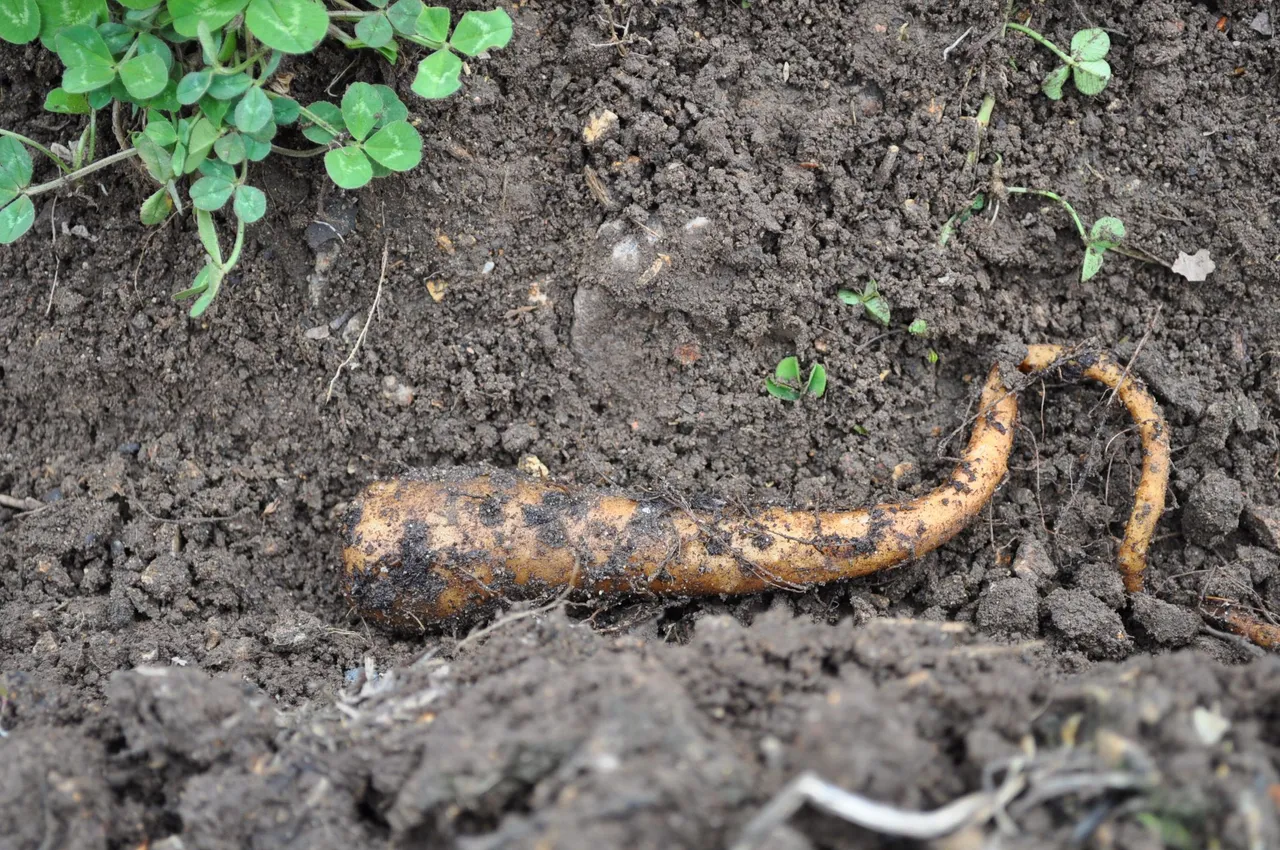
Of course, we’ve planted a huge 50 lb crop of potatoes as our main staple, but really hope to up these perennial vegetables year after year and reduce our annual plantings accordingly! We hope this was useful to you all and that you too will expand diversity and help create a strong culture of perennial vegetables where you live.
Part of our dream and vision is to see a thriving ecology everywhere and perennial foods are an important part of this. Eventually we will be able to share the propagules from the many plants we are collecting. Thanks for reading.

This post was written by passengers of the #ecotrain. Check out the tag for more awesome-sauce on sustainable living!

Banner by the talented @soulturtle

Upgoat by @bobydimitrov